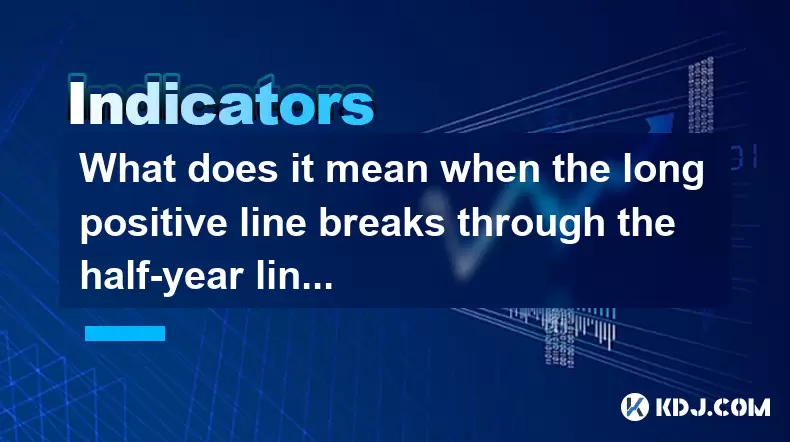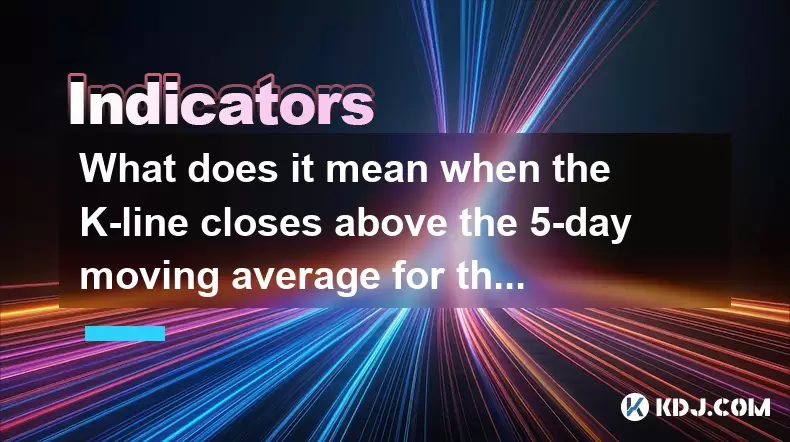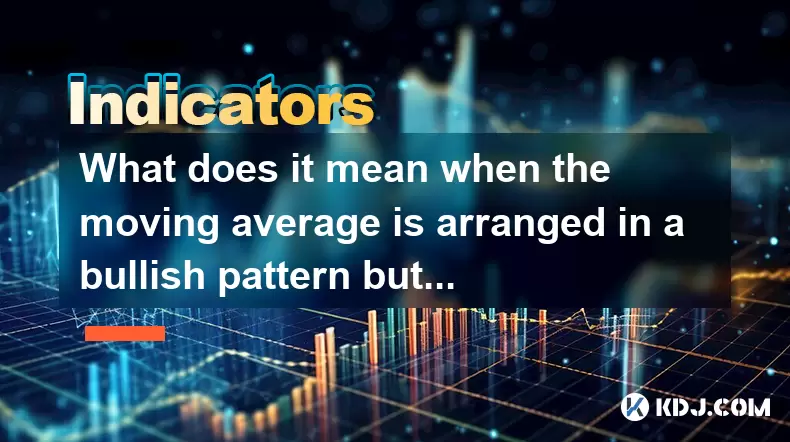-
 Bitcoin
Bitcoin $115100
-2.99% -
 Ethereum
Ethereum $3642
-1.38% -
 XRP
XRP $3.027
-5.51% -
 Tether USDt
Tether USDt $1.000
-0.05% -
 BNB
BNB $763.4
-1.32% -
 Solana
Solana $177.2
-5.42% -
 USDC
USDC $0.9999
-0.02% -
 Dogecoin
Dogecoin $0.2247
-6.47% -
 TRON
TRON $0.3135
0.23% -
 Cardano
Cardano $0.7824
-4.46% -
 Hyperliquid
Hyperliquid $42.53
-0.97% -
 Stellar
Stellar $0.4096
-6.09% -
 Sui
Sui $3.662
-2.61% -
 Chainlink
Chainlink $17.63
-3.57% -
 Bitcoin Cash
Bitcoin Cash $536.3
2.94% -
 Hedera
Hedera $0.2450
0.34% -
 Avalanche
Avalanche $23.23
-3.15% -
 Litecoin
Litecoin $112.2
-1.23% -
 UNUS SED LEO
UNUS SED LEO $8.976
-0.30% -
 Shiba Inu
Shiba Inu $0.00001341
-2.72% -
 Toncoin
Toncoin $3.101
-2.44% -
 Ethena USDe
Ethena USDe $1.001
-0.05% -
 Uniswap
Uniswap $10.08
-1.97% -
 Polkadot
Polkadot $3.938
-2.77% -
 Monero
Monero $323.9
0.87% -
 Dai
Dai $0.9999
-0.02% -
 Bitget Token
Bitget Token $4.481
-1.69% -
 Pepe
Pepe $0.00001199
-5.94% -
 Aave
Aave $288.2
-0.68% -
 Cronos
Cronos $0.1279
0.36%
How to read the RSI bottom divergence? What patterns can be considered for buying?
RSI bottom divergence signals a potential reversal when price hits a new low but RSI doesn't, useful for spotting buying opportunities in crypto markets.
Jun 03, 2025 at 01:07 am

Introduction to RSI Bottom Divergence
The Relative Strength Index (RSI) is a momentum oscillator used in technical analysis to measure the speed and change of price movements. RSI bottom divergence occurs when the price of an asset makes a new low, but the RSI fails to reach a new low, indicating a potential reversal in the downtrend. This signal is particularly useful for traders looking to identify buying opportunities in the cryptocurrency market.
Understanding RSI Bottom Divergence
RSI bottom divergence is a bullish signal that suggests the downward momentum is weakening. When you observe the price of a cryptocurrency making a lower low, but the RSI forms a higher low, it indicates that the selling pressure is diminishing. This divergence can be a precursor to a price reversal, making it an essential pattern for traders to recognize.
To effectively identify RSI bottom divergence, follow these steps:
- Monitor the Price Chart: Keep an eye on the price movements of the cryptocurrency you are analyzing. Look for a clear downtrend where the price makes a lower low.
- Track the RSI Indicator: Simultaneously, observe the RSI on the chart. Ensure that the RSI settings are set to the standard 14 periods.
- Identify Divergence: When the price reaches a new low, check if the RSI forms a higher low. If this occurs, you have identified an RSI bottom divergence.
Patterns to Consider for Buying
When you spot an RSI bottom divergence, it's crucial to look for additional confirmation patterns to increase the probability of a successful trade. Here are some patterns that traders often consider alongside RSI bottom divergence:
Bullish Engulfing Pattern
The bullish engulfing pattern is a reversal pattern that occurs at the end of a downtrend. It consists of two candlesticks: the first is a small bearish candle followed by a larger bullish candle that completely engulfs the body of the first candle. This pattern, when combined with RSI bottom divergence, can signal a strong buying opportunity.
Hammer Pattern
The hammer pattern is another bullish reversal pattern that forms at the bottom of a downtrend. It is characterized by a small body and a long lower wick, resembling a hammer. When this pattern appears alongside RSI bottom divergence, it can indicate that the price is likely to reverse upwards.
Double Bottom Pattern
The double bottom pattern is a classic reversal pattern that signals the end of a downtrend and the beginning of an uptrend. It consists of two distinct lows at approximately the same price level, with a peak in between. When combined with RSI bottom divergence, this pattern can provide a strong indication of a potential upward move.
How to Trade RSI Bottom Divergence
Once you have identified RSI bottom divergence and confirmed it with additional patterns, you can proceed with your trading strategy. Here’s a detailed guide on how to trade based on RSI bottom divergence:
- Confirm the Divergence: Ensure that the RSI bottom divergence is clear and not a false signal. Look for the price to make a lower low and the RSI to form a higher low.
- Wait for Confirmation: Look for additional confirmation patterns such as bullish engulfing, hammer, or double bottom patterns to increase the reliability of your trade.
- Set Entry Point: Once you have confirmation, set your entry point. A common strategy is to enter the trade when the price breaks above the most recent high following the divergence.
- Set Stop-Loss: To manage risk, set a stop-loss order just below the recent low. This helps protect your capital in case the price continues to decline.
- Set Take-Profit: Determine your take-profit level based on your risk-reward ratio. A common approach is to aim for a profit that is at least twice the amount you are willing to risk.
Practical Example of RSI Bottom Divergence
Let's walk through a practical example of how to identify and trade RSI bottom divergence using a hypothetical scenario with Bitcoin (BTC).
- Step 1: Identify the Divergence: You notice that the price of BTC has been in a downtrend and recently made a new low at $20,000. However, the RSI, set to 14 periods, has formed a higher low at 30 compared to the previous low of 25.
- Step 2: Look for Confirmation: You observe that a bullish engulfing pattern has formed on the daily chart following the RSI divergence. This pattern consists of a small bearish candle followed by a larger bullish candle that engulfs the previous candle's body.
- Step 3: Set Entry Point: You decide to enter the trade when the price breaks above the most recent high of $21,000, which occurred before the new low.
- Step 4: Set Stop-Loss: To manage risk, you set a stop-loss order just below the recent low at $19,800.
- Step 5: Set Take-Profit: Based on a 2:1 risk-reward ratio, you set your take-profit level at $23,000, which is $2,000 above your entry point.
Tools and Resources for RSI Analysis
To effectively analyze RSI bottom divergence, it's essential to use the right tools and resources. Here are some recommendations:
- Trading Platforms: Platforms like TradingView, Binance, and Coinbase Pro offer built-in RSI indicators and charting tools that can help you identify divergence patterns.
- Technical Analysis Software: Software such as MetaTrader 4 and 5 provides advanced charting capabilities and customizable indicators, allowing you to fine-tune your RSI settings and analysis.
- Educational Resources: Websites like Investopedia, CryptoQuant, and YouTube channels dedicated to cryptocurrency trading offer valuable insights and tutorials on how to use RSI and identify divergence patterns.
Frequently Asked Questions
Q1: Can RSI bottom divergence be used for short-term trading?
Yes, RSI bottom divergence can be used for short-term trading, especially when combined with other technical indicators and patterns. However, it's important to use shorter timeframes, such as the 1-hour or 4-hour charts, to increase the frequency of signals.
Q2: How reliable is RSI bottom divergence as a trading signal?
RSI bottom divergence is generally considered a reliable signal, but it should not be used in isolation. Combining it with other technical analysis tools and patterns can increase its reliability and reduce the risk of false signals.
Q3: What are the common pitfalls to avoid when trading RSI bottom divergence?
One common pitfall is entering a trade too early without waiting for confirmation from additional patterns. Another is failing to set proper stop-loss orders, which can lead to significant losses if the price continues to decline. It's also important to avoid over-reliance on RSI divergence without considering broader market trends and news.
Q4: Can RSI bottom divergence be used for all cryptocurrencies?
Yes, RSI bottom divergence can be applied to all cryptocurrencies. However, the effectiveness of this signal may vary depending on the liquidity and volatility of the specific cryptocurrency being analyzed. It's advisable to test the strategy on different cryptocurrencies to determine its effectiveness.
Disclaimer:info@kdj.com
The information provided is not trading advice. kdj.com does not assume any responsibility for any investments made based on the information provided in this article. Cryptocurrencies are highly volatile and it is highly recommended that you invest with caution after thorough research!
If you believe that the content used on this website infringes your copyright, please contact us immediately (info@kdj.com) and we will delete it promptly.
- Kiyosaki's Crypto Playbook: Ditching Paper for Real Assets Like Bitcoin
- 2025-07-25 22:30:11
- Satoshi-Era Whales Stir the Bitcoin Pot: What's the Deal?
- 2025-07-25 22:30:12
- Pi Coin Value in Indian Rupees (INR) 2024: Decoding the Hype
- 2025-07-25 21:45:50
- Crypto Investing: Top Picks and Meme Coin Mania in '25
- 2025-07-25 21:52:07
- Ark Invest's Portfolio Rebalance: Coinbase, Block, and the Crypto Shift
- 2025-07-25 21:52:07
- Bitcoin's Wild Ride: Sell-offs, Volatility, and What's Next
- 2025-07-25 21:55:18
Related knowledge

How to interpret that the KDJ D line is downward for a long time but the price is sideways?
Jul 25,2025 at 07:00pm
Understanding the KDJ Indicator and Its ComponentsThe KDJ indicator is a momentum oscillator widely used in cryptocurrency trading to assess overbough...

What does it mean that the KDJ indicator forms a double bottom at a low level?
Jul 25,2025 at 05:08pm
Understanding the KDJ Indicator in Cryptocurrency TradingThe KDJ indicator is a momentum oscillator widely used in cryptocurrency trading to identify ...

What does it mean that the RSI continues to hover in the 40-60 range?
Jul 25,2025 at 11:07pm
Understanding the RSI and Its Typical BehaviorThe Relative Strength Index (RSI) is a momentum oscillator that measures the speed and change of price m...

What does it mean when the long positive line breaks through the half-year line and then steps back?
Jul 25,2025 at 06:49pm
Understanding the Long Positive Line in Candlestick ChartsIn the world of cryptocurrency trading, candlestick patterns play a vital role in technical ...

What does it mean when the K-line closes above the 5-day moving average for three consecutive days?
Jul 25,2025 at 10:07pm
Understanding the K-line and 5-day Moving AverageThe K-line, also known as a candlestick, is a critical charting tool used in technical analysis to re...

What does it mean when the moving average is arranged in a bullish pattern but the K-line closes negatively continuously?
Jul 25,2025 at 10:56pm
Understanding the Bullish Moving Average PatternWhen the moving average (MA) lines are arranged in a bullish pattern, it typically indicates that shor...

How to interpret that the KDJ D line is downward for a long time but the price is sideways?
Jul 25,2025 at 07:00pm
Understanding the KDJ Indicator and Its ComponentsThe KDJ indicator is a momentum oscillator widely used in cryptocurrency trading to assess overbough...

What does it mean that the KDJ indicator forms a double bottom at a low level?
Jul 25,2025 at 05:08pm
Understanding the KDJ Indicator in Cryptocurrency TradingThe KDJ indicator is a momentum oscillator widely used in cryptocurrency trading to identify ...

What does it mean that the RSI continues to hover in the 40-60 range?
Jul 25,2025 at 11:07pm
Understanding the RSI and Its Typical BehaviorThe Relative Strength Index (RSI) is a momentum oscillator that measures the speed and change of price m...

What does it mean when the long positive line breaks through the half-year line and then steps back?
Jul 25,2025 at 06:49pm
Understanding the Long Positive Line in Candlestick ChartsIn the world of cryptocurrency trading, candlestick patterns play a vital role in technical ...

What does it mean when the K-line closes above the 5-day moving average for three consecutive days?
Jul 25,2025 at 10:07pm
Understanding the K-line and 5-day Moving AverageThe K-line, also known as a candlestick, is a critical charting tool used in technical analysis to re...

What does it mean when the moving average is arranged in a bullish pattern but the K-line closes negatively continuously?
Jul 25,2025 at 10:56pm
Understanding the Bullish Moving Average PatternWhen the moving average (MA) lines are arranged in a bullish pattern, it typically indicates that shor...
See all articles

























































































